Keep a Warm Head, Guys
I remember being told as a kid that it was important to wear a hat in cold weather because 80-90% of your body heat escapes through your head.
As it turns out, this isn’t true — I was fed a load of bull. You don’t in fact lose more heat from your head than other parts of the body. Studies conducted by the US Army cold weather research labs clearly show we lose heat evenly across the surface of the body (with some variation in the neck and head when you start to exercise, although this regulates itself within minutes).
But hats still play an important role in your winter dressing getup. The key to effectively keeping warm is protecting all of your skin. Instead of piling on a sweater, vest, and jacket, but leaving everything bare from the shoulders on up, aim for even coverage from head to toe.
Not only do hats add to your overall comfort in cold temps, and protect your face and ears in freezing conditions, they can also impart a great deal of handsome style to your appearance when you’re out and about.
Hats are available in a variety of styles, and this article is designed to expose you to a wide range of winter headwear options.
Rules for Headgear
Before you pick a style (or several styles — there’s nothing wrong with having a selection of hats in the closet), know what’s going to work for you in different settings and situations.
- Bright colors like orange and neon green have “safety” associations. They’re worn by the more extreme winter sports participants to make search-and-rescue easier, and in many parts of the country they’re worn by hunters as well. So if you’re not a hunter or a pro snowboarder, think about toning it down a little.
- Colors that aren’t safety-neon but still have bright, primary tones and shades (reds, blues, etc.) are casual, sporty winter-wear meant for leisure activities like skiing and snowboarding. You can wear them on weekends, but you probably want something a little nicer for the commute to work or evenings on the town.
- Dark colors and earth tones are the dressiest: blacks, grays, browns, and so forth. These tend to have the most “go anywhere” ability — you can wear them on the ski slopes or between the taxi and the opera house door.
In addition to color, the style of the headgear affects where it can and can’t be worn:
- Hats that cover the ears are considered less formal than hats that leave them bare. However, if the temperature is freezing, I don’t care if I’m wearing a tuxedo. My ears will be covered!
- Crowned hats (fedoras, homburgs, bowlers, etc.) are more formal than soft-top hats (stocking caps, newsboys, etc.).
- The thicker and softer the material, the less formal the hat. Thin, stiff, felted hats are the “dress” options, while thick, woven materials are informal.
- Accents like pom-poms, fringes, and other dangly bits are always low-formality, and a bit silly to boot. Avoid them unless you’re trying to look obnoxiously cheerful and high-energy.
Most men own at least two options: a thick, practical cap for day-to-day existence outside in the winter, and a more formal, less-warming dress hat for short walks between transportation and a dressy setting like work or theater.
Now that you’ve got the basic rules on winter hats down, let’s take a quick look at some of your options:
1. The Watch Cap (Stocking Cap)
There are probably more names for this piece of headgear than there are for any other. Depending on where you live, it might be called a tuque (pronounced “took”), a beanie, a stocking cap, a bobcap, a burglar cap, or a sock cap. The phrase “watch cap” has military origins, and is still used in some official military dress codes.
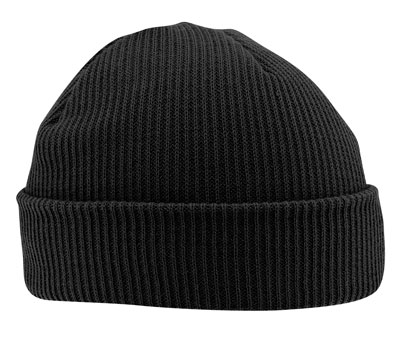
Regardless of name, the stocking cap is defined by a few basic features:
- knit material (usually wool, cotton, or synthetic)
- round, symmetrical shape
- often (but not always) has a folded-up brim for double layering at the ears
The fit can vary from completely snug against the scalp to loose and piled atop the head. The former, a “skullcap” sort of look, is generally considered more masculine, while the softer, looser style is gender-neutral and worn very commonly by both women and men.
A few tuque-style hats have a small, soft, crescent-shaped brim, which has become popular with snowboarders. Others have pom-poms, tassels, or other decorations.
Stocking caps make great practical winter wear, especially if they have a folded brim that puts a second layer of fabric over your ears. Snugged down, they’re intensely warm and water-insulating, and they can be taken off and stuffed into a pocket without any concerns about wrinkling or crushing.
When selecting a material, I prefer wool for insulating warmth, but synthetic specialty watch caps made with water-wicking properties are very useful when hunting or exercising outdoors.
A variation of the watch cap is the South American Chullo. Traditionally made from alpaca wool, this watch cap has ear flaps and a string to tie around the chin. It is often decorated with intricate designs or patterns, and variations of this style have been worn in the Andean Mountain region for hundreds of years.
By their very nature, watch caps are not formal — leisure and practical use only — and wool ones, which are the warmest, need to be hand-washed and air-dried when they inevitably get sweaty. Cotton caps can be laundered, but aren’t as warm and don’t provide much moisture protection, making them more of a fall/spring hat than serious winter gear.
That being said, when it is really cold outside I wear my watch cap with an overcoat and suit. Formality rules go out the window when practical function is needed!
2. Ushanka (Trapper Hat, Aviator, etc.)
The biggest drawback of the stocking cap style (minus the Chullo) is its incomplete coverage: the lower part of the ears is left bare, as are the cheeks and chin.
An ushanka, also called a trapper hat, chapka, and sometimes “Elmer Fudd” (after the iconic Loony Tunes character) solves the problem by adding two flexible flaps, one on each side, with a string or leather tie that can connect them either beneath the chin or on top of the hat.
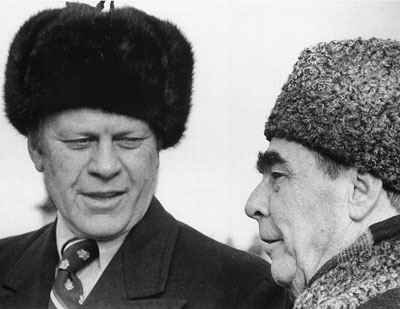
There are a variety of styles, but any good ushanka (from “ushi” or “ears in Russian)/trapper hat should include the following:
- thick, furred lining (often both the interior and exterior are furred)
- flexible ear flaps on each side of the head
- three default positions: open (flaps tied at the crown of the head), closed (flaps tied beneath the chin), and loose (flaps down but untied)
Most are brimless, but some styles include an “eye flap” or small visor that keeps the forehead warm and shades the tops of the eyes.

Aviators caps developed at the dawn of manned flight, as pilots in open cockpits needed to keep their ears and heads warm. Even as the cockpits of planes were closed, their popularity continued through WWII, up until jets necessitated the use of a helmet. Aviator style caps, sometimes goggles and all, were popular with boys of the 1950s, for whom the pilots of the Big One were heroes.
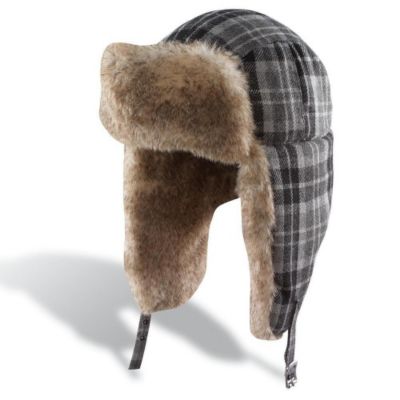
“Trapper hats” are a sort of hybrid between the aviator cap and the ushanka — they combine the style of the former with the furriness or the latter. Warm, but rather goofy looking, they’re best left for spending time in the great outdoors, and, of course, performing the woodsman workout.
An ushanka is one of the warmest winter options, and also one with a bit more style than the stocking cap. Because of their long military usage (predominantly Soviet), we associate them more with long overcoats than we do stocking caps, making a dark-colored ushanka a comfortable match for a wool dress coat.
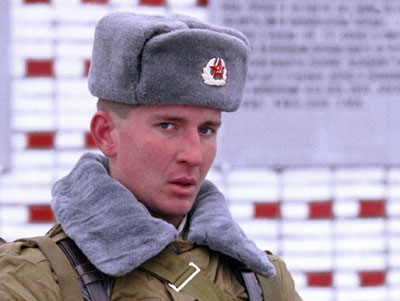
Lighter-colored furs are generally considered more feminine (unless military), so try to stick to darker colors, and be aware that real fur may draw protest from animal rights-inclined individuals. These days, synthetics can pile thicker and dry faster than even the best hides anyway, making a real fur hat more of a luxury and a political statement than a practical necessity.
The post Keep a Warm Head, Guys appeared first on LewRockwell.

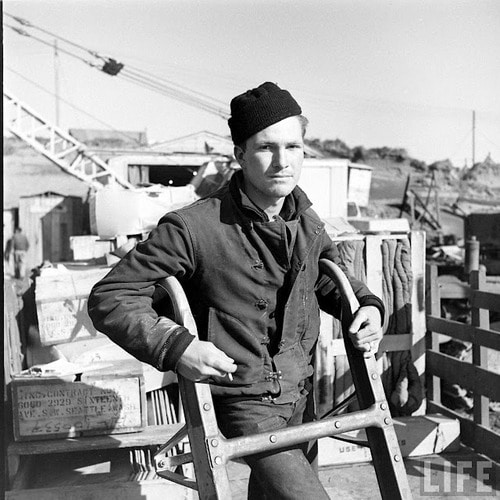

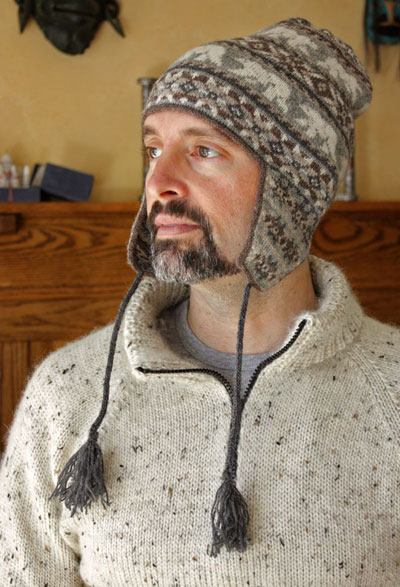
Leave a Reply